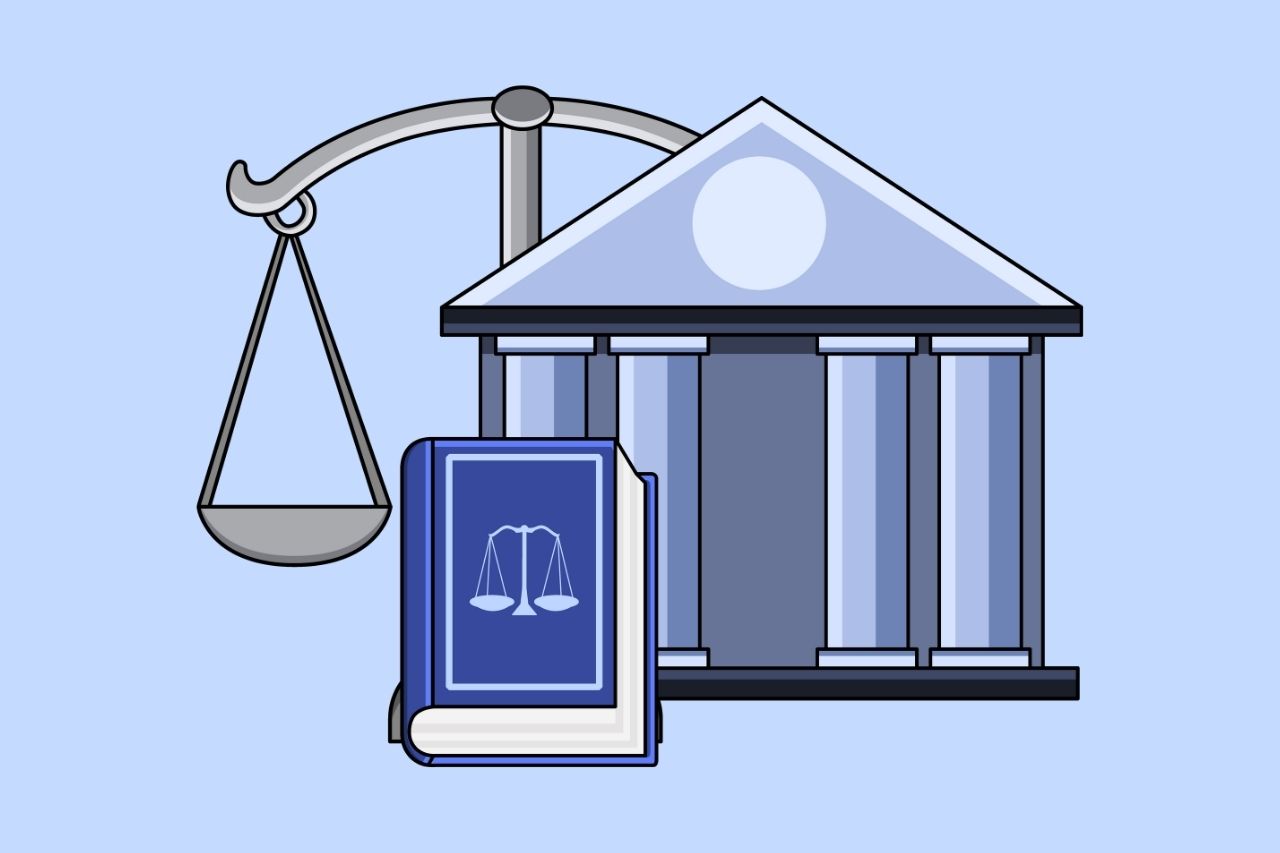The Importance of Digital Accessibility for Financial and Banking Websites
Inclusive design helps make everyday services easier to use for people with disabilities. This is particularly important for financial websites, where users need to access sensitive information and complete transactions securely and independently. By prioritizing accessibility, these websites can remove barriers related to vision, hearing, mobility, or cognitive differences, creating a more user-friendly experience for all.
While the ADA establishes clear web accessibility standards to promote online banking accessibility, its importance is more than merely compliance. It ensures inclusivity among financial institutions to build trust, expand reach, and provide equal opportunity to all individuals. Thanks to ADA, accessible banking is now made easier for the elderly, persons with disabilities, and the underserved.

What Is Accessibility for Financial Websites
Accessibility for financial websites features well-developed and designed digital banking platforms to fit everyone’s needs. They are easy to navigate and understand, and promote compatibility with different assistive technologies:
- Screen readers
- Clear text alternatives for images
- Keyboard-only navigation
- Strong color contrast
Digital financial accessibility is not only for those with disabilities. It also encompasses older adults, individuals with temporary impairments, and users with low-bandwidth environments. Accessibility for financial websites improves usability for all, which helps in instilling trust and confidence in the services they provide.
ADA Requirements for Bank and Financial Websites
ADA compliance for banks requires financial institutions to provide equal access to their services for everyone. It is more than making sure the bank is compliant with its physical location. The ADA also encompasses digital platforms such as websites and mobile apps.
Banking accessibility, according to ADA, means that everyone should be able to do what they need without any challenge. It can include checking balances, transferring funds, or applying for loans. While the law does not outline specific technical standards, many organizations follow the Web Content Accessibility Guidelines to achieve compliance. These include the following:
- Adding text alternatives for images
- Adding captions to videos
- Have accessible online documents
- Properly labeled forms
- Accessible chatbots
- Multi-factor authentication
Key Areas That Impact Online Banking/Financial Website Accessibility
The overall digital banking experience of an individual relates to the website’s specific blueprint and development. Every detail is important, from the structure, forms, colors, and integration within other mobile apps. The website has to be designed in a way that allows everyone to manage their finances with ease, delivering a seamless and accessible user experience.
Website structure: screen readers, keyboard navigation
Online banking accessibility means a well-thought-out website structure. Navigation should be a no-brainer, through properly coded screen readers, so anyone can move through content with convenience.
Likewise, the website should also include accessible features through keyboard navigation. This benefits individuals with limited mobility to independently manage their accounts even without a mouse.
Accessible forms, labels, and alt text
Bank transfers, bill payments, and loan applications would normally involve digital forms for filling in details. They should also be accessible in online banking, prioritizing clear labels, instructions, and error messages that can be fully interpreted by screen readers.
It would also be easier for visually-impaired users to understand such forms by adding alternative text to images and icons.
Color contrast and font sizes
If you prioritize using colors consistent with your branding rather than those that promote effective communication, your bank might encounter accessibility issues. It is important to meet the recommended contrast ratio while also making sure your website offers adjustable font sizes to improve financial accessibility.
Practice simplicity in the way texts are displayed on your website. Separate huge chunks of information into bullets so it is easier for everyone to comprehend what is written. It will also be better for individuals with dyslexia to read if you do not combine multiple sentences in one long paragraph.
Accessible mobile apps and online banking platforms
With most people on the go, smartphones become their best friends in managing their lives. This explains why mobile accessibility is just as essential as website accessibility. Mobile bank apps should be compatible with assistive tools like voice-over technology, provide clear and intuitive navigation, and offer scalable text.
Inclusive web and mobile platforms provide everyone with a consistent and user-friendly banking experience.
Practical Ways to Improve Financial Website Accessibility
Improving accessibility for financial websites doesn’t mean taking down the old site and replacing it with a new one. Banks can do this in a step-by-step manner by practicing ADA banking compliance. In this way, a more inclusive digital experience is created while also reducing compliance risks.
Practical measures include:
- Regularly testing websites and mobile apps while asking feedback from real users to identify and fix barriers
- Follow WCAG standards as a framework for the layout, content, and navigation
- Simplify navigation with clear and consistent menus, links, and CTA buttons
- Improve readability and comprehension with plain language, concise instructions, and logical headings
- Offer customer support through phone, chat, or video relay services
The Benefits of Accessible Banking for Institutions and Users
Regardless of whether you have a disability or not, your banking experience should be easy, convenient, and secure. It’s one of the primary reasons why financial institutions should instill digital accessibility in their core values, along with the other benefits:
- Smoother user experience without any hassle through voice-enabled banking, screen reader compatibility, and customizable display settings
- Provide equal access by meeting ADA requirements for banks to prevent miscommunication and legal trouble
- Reaching more people and increasing brand presence online and offline
- Gain a competitive edge over other banking institutions, leading to a strengthened company reputation
- Creating a social impact, influencing other institutions to practice digital accessibility as well
- Demonstrates sensitivity and professionalism, allowing customers to feel confident in navigating the website and utilizing its features
Accessibility for financial websites and banking services is now essential. When banking websites and mobile apps are inclusive, they not only comply with ADA guidelines but also allow everyone to access financial tools with independence and confidence.
Investing in accessibility builds trust, broadens customer reach, and strengthens brand reputation. Ultimately, accessible banking digital platforms reflect fairness, innovation, and the shared goal of making financial services truly available to everyone.
Contact Us
Please complete all fields.
Recent Posts

How to Write Content That Follows Web Content Accessibility Guidelines
Accessible content is a must for everyone, regardless of ability, to easily browse, comprehend, and interact with the information. It first became a facilitator of users, a trust-sponsor, engagement-booster, and quality-enhancing and reach-extending factor for all digital experiences. Why Accessible Content Matters This approach benefits people with disabilities, older adults, […]

Web Accessibility Laws and Legislation
More often than not, a website is the first impression for potential customers. Because of this, it’s no surprise that today, web design is a $38.3 billion industry.

The Importance of Digital Accessibility for Financial and Banking Websites
Inclusive design helps make everyday services easier to use for people with disabilities. This is particularly important for financial websites, where users need to access sensitive information and complete transactions securely and independently. By prioritizing accessibility, these websites can remove barriers related to vision, hearing, mobility, or cognitive differences, creating […]